Some guides mention pyvenv (not pyenv) when talking about virtual environments such as the official Python tutorial. Others mention virtualenv such as in the Hitchhiker's Guide to Python. I've tried pyvenv and I think that it worked as you can see:
and these are the contents of ve directory:
So can pyvenv be used to create virtual environments? Does virtualenv do the same as pyvenv? Which one should better be used?

